Rubber Air Hose: A Durable and Versatile Solution for Your Pneumatic Needs
Rubber Air Hose: A Durable and Versatile Solution for Your Pneumatic Needs
Factors to Consider When Choosing a Rubber Air Hose
Selecting the right rubber air hose for your specific needs is essential to ensure optimal performance and longevity. Consider the following factors before making a purchase:
Size and Diameter
The size and diameter of the rubber air hose should be compatible with the airflow requirements of your tools and equipment. Using an undersized hose can lead to pressure drops and reduced performance, while an oversized hose may be bulkier and less maneuverable.
Pressure Rating
Check the pressure rating of the rubber air hose to ensure it can handle the maximum pressure generated by your compressor. Exceeding the pressure rating can result in hose failure and potential safety hazards.
Hose Material
Evaluate the type of rubber used in the construction of the hose. Synthetic rubber air hoses are suitable for most applications, while natural rubber air hoses excel in rugged environments. Consider the specific needs of your work environment to make an informed decision.
Fittings and Connections
Ensure that the fittings and connections of the rubber air hose are compatible with your existing pneumatic tools and equipment. Proper fittings and secure connections are essential to prevent air leaks and maintain optimal performance.
Proper Care and Maintenance of Rubber Air Hoses
To maximize the lifespan and performance of your rubber air hose, follow these care and maintenance guidelines:
Cleaning and Storage
Regularly clean your rubber air hose by wiping off dirt, debris, and oil residues. Avoid using harsh chemicals that can damage the rubber. After use, coil the hose neatly and store it in a clean and dry area to prevent kinks and prolong its lifespan.
Avoiding Kinks and Twists
Kinks and twists in the rubber air hose can restrict the airflow and lead to premature wear. Ensure that the hose is laid out straight and free from any obstructions during operation.
Regular Inspections
Inspect the rubber air hose regularly for signs of damage, such as cracks, bulges, or leaks. Replace any damaged hoses immediately to avoid potential accidents or interruptions in operation.
Tips for Extending the Lifespan of Rubber Air Hoses
By following these tips, you can prolong the lifespan of your rubber air hose and ensure optimal performance:
Proper Handling and Storage rubber air hose
Avoid dragging or pulling the rubber air hose across rough surfaces, as it can cause abrasion and lead to premature wear. Store the hose properly to prevent it from being stepped on or run over by vehicles.
Avoiding rubber air hose Excessive Pressure
Do not exceed the recommended pressure limits of the rubber air hose. High-pressure conditions can cause the hose to burst or develop leaks, compromising safety and efficiency.
Using the Right rubber air hose Accessories
Choose appropriate accessories such as quick-connect couplings, regulators, and filters to enhance the functionality and protection of your rubber air hose. These accessories can help maintain consistent airflow, regulate pressure, and remove contaminants.
Common FAQs about Rubber Air Hoses
Q: What is the maximum operating temperature for a rubber air hose?
A: The maximum operating temperature varies depending on the specific rubber air hose. Synthetic rubber air hoses can typically handle temperatures ranging from -40°C to +100°C (-40°F to +212°F), while natural rubber hoses have a slightly lower temperature range.
Q: Can rubber air hoses be used with oil or chemicals?
A: Synthetic rubber air hoses are generally resistant to oil and certain chemicals. However, it's important to refer to the manufacturer's specifications to ensure compatibility with specific oils or chemicals.
Q: Are rubber air hoses suitable for high-pressure applications?
A: Rubber air hoses are available in various pressure ratings to accommodate different applications. Choose a hose with a pressure rating that matches or exceeds the maximum pressure generated by your compressor.
Q: How long do rubber air hoses last?
A: The lifespan of a rubber air hose depends on several factors, including frequency of use, operating conditions, and proper maintenance. With regular care and maintenance, rubber air hoses can last for several years.
Q: Can rubber air hoses be repaired?
A: In some cases, minor damages to rubber air hoses can be repaired using repair kits or by cutting out the damaged section and connecting the ends with hose clamps. However, significant damage or wear may require hose replacement for optimal safety and performance.
China Air Fittings Manufacturer
Yiwu Vanzon Import And Export Co.,Ltd was founded in 2008, is one of professional and leading manufacturer of pneumatic products, specialized in manufacturing nylon tubing, pu hose, air brake coils, pneumatic fittings, trailer cables as well as other customized parts.
Our factory is in ShaoXing Zhuji and Ningbo Yuyao. The manufacturing facilities of our company are big enough to fulfill your order, yet small enough to keep quality and customer satisfaction first. We have 15 tube production lines as well as 12 boilers to deal with air brake coils and trailer hose. Our hoses meets SGS, ISO14743, DIN 73378 ,DIN 74324 ,DOT Standard.
From the beginning, our purpose has been to provide quality tools and parts at a value price. We have a team of employees that work hard to ensure we offer the fastest response time without affecting the quality of the tools we provide.



-1671780874719.png)



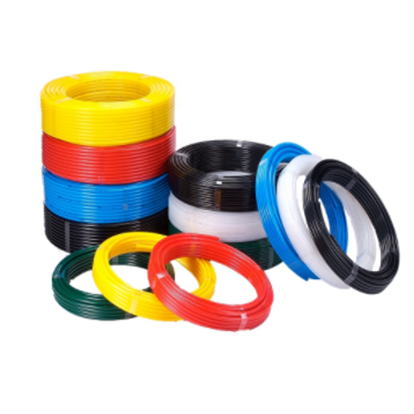 Nylon tubing
Nylon tubing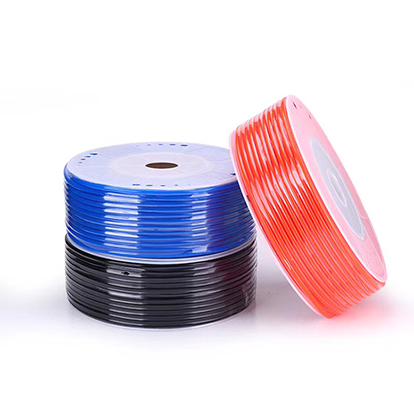 PU Hose
PU Hose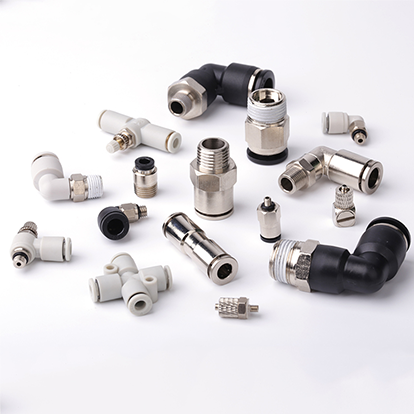 Fitting
Fitting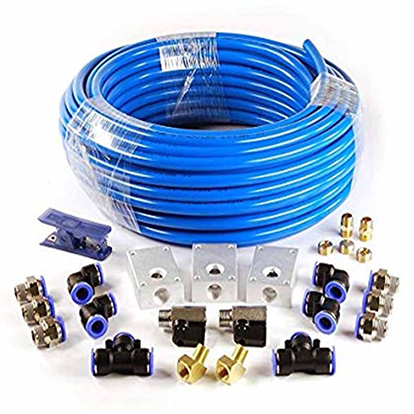 Kit/set
Kit/set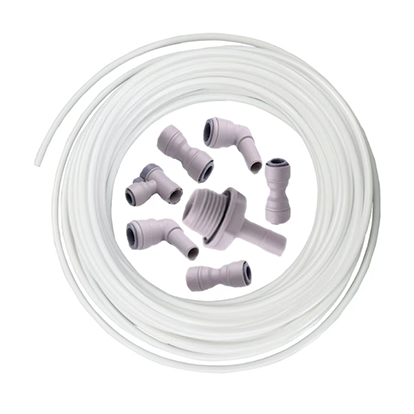 Water Purifer Hose And Connector
Water Purifer Hose And Connector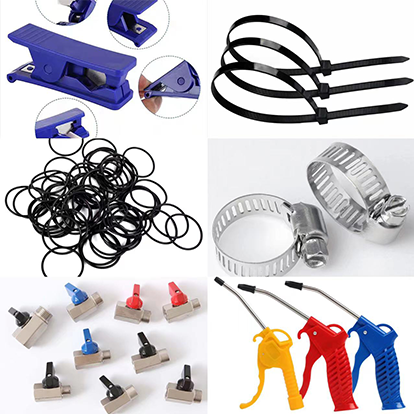 Accessory
Accessory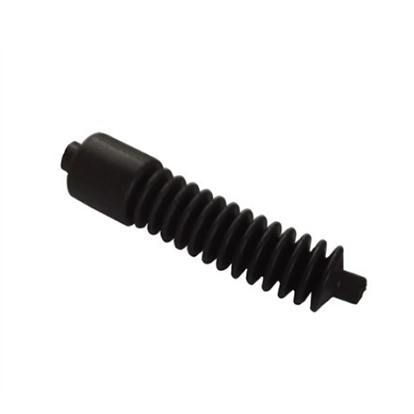 Customized Part
Customized Part










